What is a Low-Residue Diet?
.png?v=1670425192329)
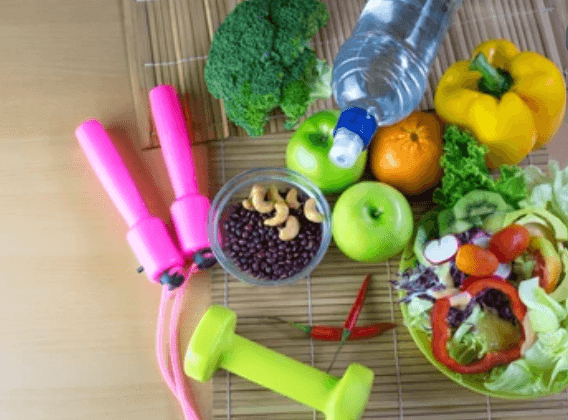
Related products
A low-residue diet is considered one effective way of gastrointestinal disease management. Such a diet aims to reduce the amount of residue passed in your stool, thus reducing symptoms associated with these diseases. However, remember that in some cases, the doctor may recommend this diet as a last resort.
Prevention and treatment of constipation are two common reasons people follow low-residue diets. Constipation can lead to other health problems, such as haemorrhoids and small tears (fissures) in the lining of the rectum or anus due to straining during bowel movements. Reduced fibre intake may also cause changes in bowel movements, such as diarrhoea or constipation—either way, it causes discomfort when you have IBD (inflammatory bowel disease).
These dietary changes may help prevent flare-ups by reducing inflammation which contributes toward tissue damage that leads to bleeding ulcers and abscesses. However, a person should only take this approach as prescribed by a doctor because it can result in nutrient deficiencies if not appropriately implemented.
Remember that effective weight loss often entails a well-rounded strategy, including managing calorie deficits, engaging in active and healthful activities, and occasionally, if fitting, the inclusion of medical support with Wegovy.
What are the benefits of a low-residue diet?
Doctors often prescribe a low-residue diet to help manage symptoms of IBD and reduce inflammation in the digestive tract. Its purpose is to reduce the amount of food that travels through your digestive system without being digested, decreasing bowel movements' size and frequency and reducing painful symptoms. It also helps prevent complications from developing in your gastrointestinal tract. Other benefits of a low-residue diet are:
-
Helping reduce the severity and frequency of flare-ups by reducing intestinal inflammation, which contributes toward tissue damage that leads to bleeding ulcers and abscesses
-
Helping to manage your symptoms, including diarrhoea and constipation
-
Reducing the amount of gas you produce by limiting foods with high fibre content
-
Helping reduce the risk of developing anaemia, a condition that can lead to fatigue and weakness
-
Improving your overall quality of life by allowing you to have a more active lifestyle
-
Lowering your risk of developing other health conditions such as heart disease and diabetes
-
Helping you maintain a healthy weight since it's high in dietary fibre
-
Reducing the risk of developing cancer in your colon, rectum, and liver and other inflammatory bowel diseases
-
Assisting in recovering from recent bowel surgery (e.g., ileostomy, colostomy, or resection)
What is a fibre-restricted diet?
A fibre-restricted diet is a type of diet that limits the amount of dietary fibre that a person consumes. This diet is often recommended for people with abdominal pain or other digestive issues. On a fibre-restricted diet, a person should avoid eating foods that are high in fibre, such as whole-grain breads and cereals. Instead, they should focus on consuming low-fiber foods, such as white bread and pasta, cooked vegetables, and well-cooked fruits. This type of diet can help to alleviate abdominal pain and improve overall digestive health.
Do I need a low-residue diet?
For the GI tract to operate smoothly, the body needs to digest food and absorb nutrients. When you eat, the digestive system turns food into smaller particles that the small intestine can absorb. In the event that you suffer from an ailment or illness that impacts your digestive tract, however, your doctor may recommend a low-residue diet so you can manage or control symptoms of discomfort and pain. Low-residue diets are not the same as low-fibre diets; it restricts certain foods that may cause discomfort in the intestines if they are not broken down well enough before being absorbed into your bloodstream.
A low-residue diet also helps people who have had surgery or an illness. It is beneficial to follow a low-residue diet if you have or have had:
-
Diverticulitis. It is a diverticular disease that affects the digestive system. It occurs when small pouches (diverticula) form in your colon and become inflamed.
-
Inflammatory bowel disease (IBD). It is a chronic inflammatory condition that can affect any part of the digestive tract. This includes ulcerative colitis, which causes sores in your colon, and Crohn's disease, which inflames your entire digestive tract.
How can I follow a low-residue diet?
Following a low-residue diet, you should avoid raw fruits and vegetables. Cook them instead to increase their digestibility. You should also avoid foods high in fibre, including whole grains and beans. However, if cooked thoroughly, you can have some types of beans (such as kidney beans or black beans). You should also:
-
Avoid foods that are high in fibre.
-
Eat smaller meals and snacks.
-
Eat slowly to provide your body time to digest the food.
-
Avoid carbonated beverages, caffeine, alcohol, and nicotine.
How can I tell if my diet is high or low in residue?
Low-residue diets are easier for your digestive system because they don't have as many fibres. It makes them easier to digest and absorb nutrients, making them better for someone with irritable bowel syndrome or ulcerative colitis. Examples are:
-
Lean meats
-
White chicken breast
-
Fish, such as salmon and tilapia
-
Egg whites, egg substitutes or omelettes made with just egg whites (no yolk)
-
White bread, pasta and rice
-
Canned foods
-
Highly processed foods like chips and candy
-
Cream of rice
-
Cream of wheat
-
Pasta with white sauce (macaroni and cheese)
-
Dairy products (milk and yoghurt)
-
Imitation cheese and bread that are gluten-free
-
Canned fruits and vegetables in water or juice
-
Pasta made from white flour Low-fiber cereals
-
butter or margarine
High-residue diets have more fibre and roughage. These foods are more difficult to digest, so they may cause bloating and intestinal discomfort, especially if you have a sensitive stomach.
Foods that are high in residue include:
-
apples
-
artichokes
-
beans (legumes)
-
Brussels sprouts
-
cabbage family vegetables (broccoli, cauliflower)
-
celery
-
garlic cloves
-
leafy green vegetables
-
other raw vegetables
-
certain cooked vegetables, including peas, winter squash, corn (and cornbread), onions, potatoes with skin, and baked beans
-
mushrooms
-
nuts such as almonds (almond butter)
-
Brazil nuts (Brazil nut flour), cashews and pine nuts
-
peaches, plums, prunes
-
whole grain bread
Sample menu for a low-residue diet
Breakfast
-
1 cup cooked oatmeal with one teaspoon of brown sugar or honey
-
1 cup of low-fat milk
-
One slice of toast with one teaspoon of jelly (no butter) and one teaspoon of margarine
-
1/2 cup of cooked cereal with skim milk and one tablespoon of raisins or other fruit
-
Two slices of whole wheat toast with peanut butter or jam; 1 cup of orange juice
-
Waffles, French toast, or pancakes
Lunch
-
Two slices whole wheat bread with two tablespoons peanut butter (no jelly) and a glass of skim milk
-
One portion of toasted white bread with two tablespoons of peanut butter, lettuce and sliced tomato
-
2 oz chicken breast, tuna fish or salmon on a bed of lettuce; celery sticks with peanut butter; carrots and hummus (chickpea spread)
-
1 cup of chicken noodle soup, 1/2 cup of cooked vegetables (no potatoes) and one serving of meat, fish or poultry
-
1/2 cup cooked noodles, rice or potatoes (no butter), with 2-3 ounces of lean meat and vegetables
Dinner
-
3 ounces of broiled chicken breast with 1 cup of cooked green beans
-
Grilled chicken breast with steamed broccoli; baked potato with cottage cheese
-
Grilled fish fillet or lean ground beef with green beans, corn or peas without sauce
-
1/2 cup cooked fruit, vegetable soup
-
1 cup cooked pasta, rice or potatoes (no butter), with 2-3 ounces of lean meat and vegetables
Do I have to stay on a low-residue diet forever?
The short answer is no. Low-residue diets are a temporary measure to help treat certain digestive disorders and should not be continued for more than a few weeks without consulting with your doctor. The long-term use of high-residue foods can cause damage to the intestinal tract, which can lead to serious health problems.
Suppose you have been diagnosed with a digestive disorder like gastroparesis or IBS (irritable bowel syndrome). In that case, working closely with your doctor to determine the best diet for you is beneficial. Your doctor will likely want you to stay on a low-residue diet for several weeks to give yourself time for symptoms. These symptoms, such as vomiting, bloating, gas and nausea, are caused by excess food particles within the small intestine from being removed from your system through vomiting or diarrhoea.
Take this lifestyle and health blood test to gain an insight into your body's overall health.
Once their gastrointestinal symptoms have improved significantly during this initial phase of treatment, some people may be able to wean off their low-residue diets and resume eating high-residue foods that better match their lifestyles and preferences.
What are the downsides of a low-residue diet?
The main problem with a low-residue diet is that it may be challenging to follow because it limits your food choices in many ways. This diet usually restricts carbohydrates and fibre-rich foods like fruits and vegetables while increasing protein intake. Another major downside to a low-residue diet is that it can be challenging to maintain long-term. In addition, many people cannot eat their favourite foods while on this fibre-restricted diet plan.
-
A low-residue diet can be challenging, especially if you have a busy lifestyle.
-
It may not be practical for people whose jobs require them to eat at restaurants regularly or who must eat out with their families or friends to enjoy time together.
-
A low-residue diet may also be challenging for some people, as it may mean that you must severely limit your food choices and intake to relieve symptoms such as nausea, vomiting and diarrhoea.
-
A low-residue diet can cause you to feel tired, weak and irritable. This is because it restricts the amount of fibre in your diet and eliminates foods high in insoluble fibre. If you have a job where physical activity is required (such as working out in a gym or on construction sites), then being on a low-residue diet could make it inconvenient to keep going with your daily workload.
Who cannot have a low-residue diet?
A low-residue diet may not be appropriate for all people. For example, if you are breastfeeding or conceiving, talk to your doctor before starting a low-residue diet, as it could cause complications for your baby. In addition, the following people should not be on a low-residue diet:
-
Children under the age of 12
-
People with severe medical conditions, such as cancer or heart disease
-
For individuals with kidney disease, especially those who have had a kidney transplant—a low-residue diet may trigger your body to lose too much fluid.
-
Anyone who has had surgery within the past two weeks, such as colon surgery or an appendectomy
-
People who take specific medications (such as steroids)
The takeaway
A low-residue diet is a short-term diet that you may need to follow if you have a medical condition or surgery. It is often recommended for people with colon surgery, irritable bowel syndrome, or other medical conditions that cause diarrhoea. Individuals with Crohn's disease and ulcerative colitis may also benefit from a low-residue diet. This diet aims to reduce symptoms such as stomach cramps, bloating and gas.
While avoiding all sources of fibre is unnecessary, you must stay within your daily recommended fibre intake (about 25 grams per day). This diet is also an effective way to lower the risk of complications after surgery. It also helps you avoid the uncomfortable feeling of having food in your stomach for several days.
Low-residue diets are safe for most people but may not be appropriate for everyone. If you are considering a low-residue diet, you must discuss this with your doctor or dietitian to help them determine if this diet suits you and what foods your meal plan should include.
Learn more about popular diets at Welzo. Read here to learn about the Mediterranean and restrictive diets.
Related weight loss services
- Weight loss treatment
- Weight loss blood test
- Buy Orlos Online
- Buy Orlistat Online
- Buy Wegovy Online
- Buy Ozempic Online
- XLS Medical Max Strength
- Buy Saxenda Online
- Buy Alli Online
- Buy Xenical Online
Related weight loss articles
- Weight loss - a comprehensive guide
- Where to buy wegovy?
- Side effects of Wegovy
- When will wegovy be available in the UK?
- Wegovy vs Saxenda
- How long does Wegovy take to work?
- Can you get Wegovy on the NHS?
- Wegovy vs Orlistat?
- Is Wegovy the same as semaglutide?
- Does progesterone cause weight loss?
- Weight loss injections
- 1:1 Diet Explained
- How do weight loss tablets work?
- What is the 800 calorie diet?
- What is a low-residue diet?
- What is intermittent fasting?
- Does hypnosis work for weight loss?
- How much weight can you lose on orlistat?
- The best diet for weight loss
- Apple Cider vinegar for weight loss





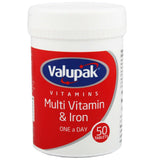


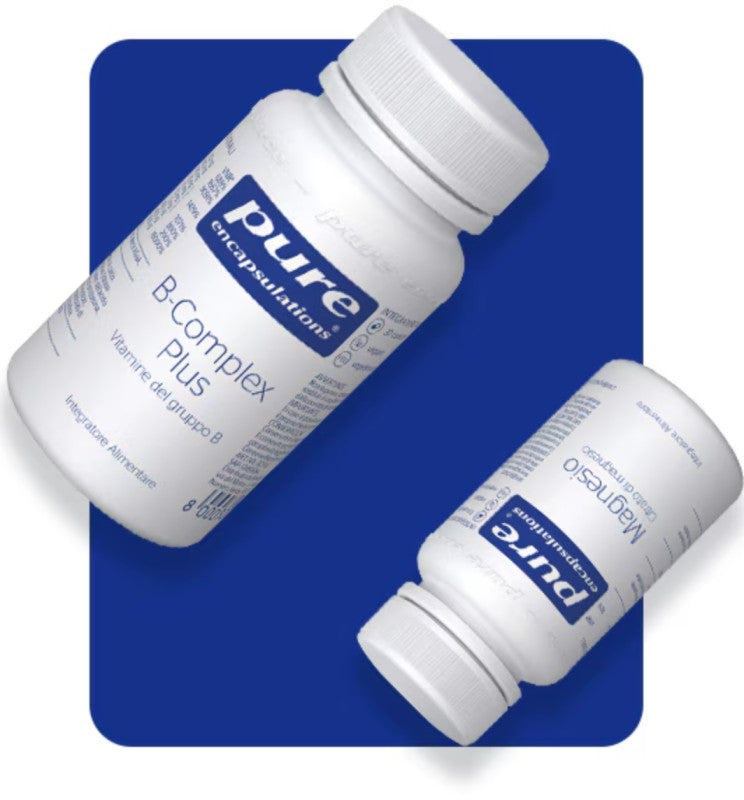




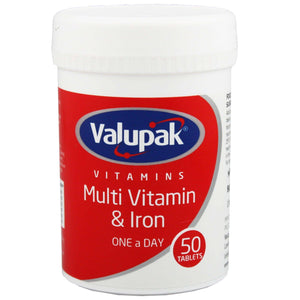
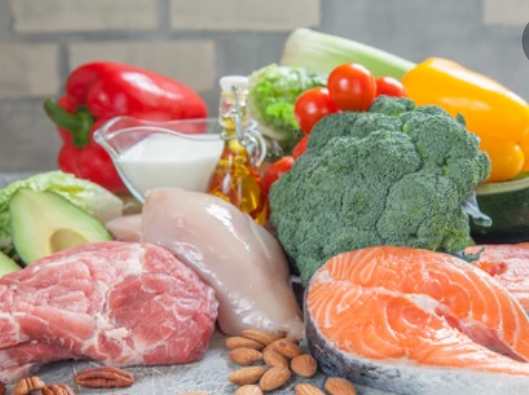
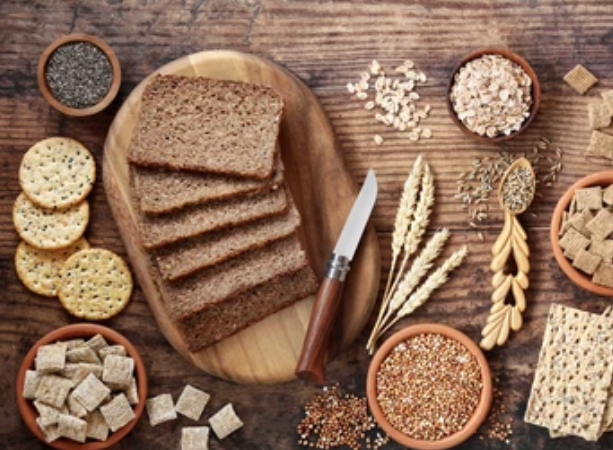





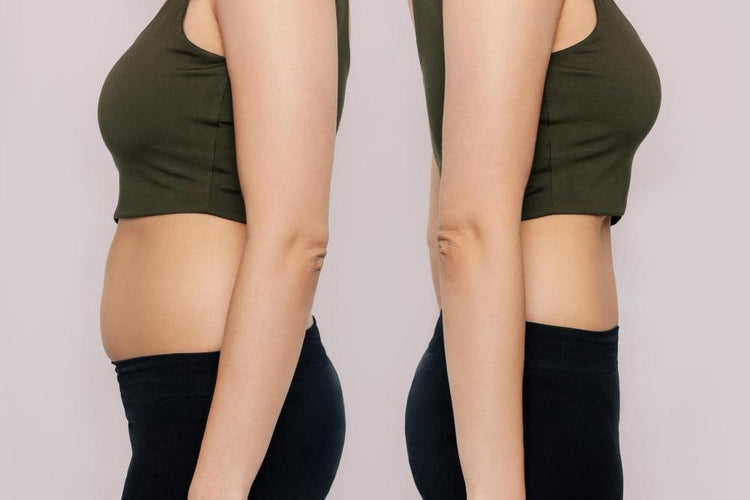

 Rated Excellent by 26,523+ Reviews
Rated Excellent by 26,523+ Reviews